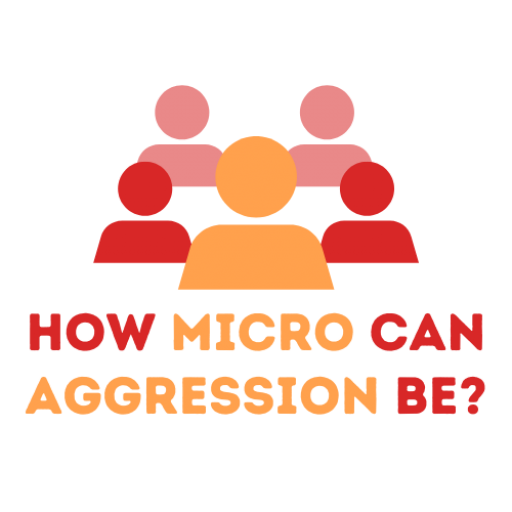Step 1: Introduction
The facilitator divides the group into smaller groups of 4, seated around a table or in a circle facing each other, far away enough from each other that they will not be distracted by surrounding discussions. Then the facilitator sets the ground rules for the training, explains what a micro-aggression is, informs the participants of the objective of this training, then gives directions about the exercise.
An example introduction:
Before we get started, I would like to set some ground rules so we can all engage in open and productive dialogue with each other where everyone feels supported and respected.
- Be reflective. Consider the impact of your words and how they might affect your peers.
- Take turns, allow everyone a moment to speak, and try not to disrupt others.
- Express disagreement in a respectful manner (do not attack the person, discuss the ideas).
Do you have a suggestion for additional rules that can promote open and productive discussion?
Imagine walking down the street and getting punched in the face. Whether you did something previously to provoke that or not at all, that’s obviously major aggressive behavior right? This type of aggression is easy to recognize and condemn. People around you will be shocked, get scared, or try to intervene. In any case, the person hitting you is the aggressor, and you are the victim.
Now imagine walking down the street and as you walk by, people suddenly clasp their purse or check if their phone is still in their pocket. We probably would not call that aggression as easily and quickly as the example before. People around you, and maybe even the people doing it themselves, might not even notice. Yet, just as the earlier example, this can also be classified as a type of aggressive behavior, which we would call micro-aggression.
Still today, few people know about micro-aggression, let alone recognize it in every situation.
The objective of today’s training is to help you recognize micro-aggressions and to highlight that the intention of someone’s words does not necessarily overlap with the interpretation and impact of those words, especially when they are uttered towards marginalized groups.
